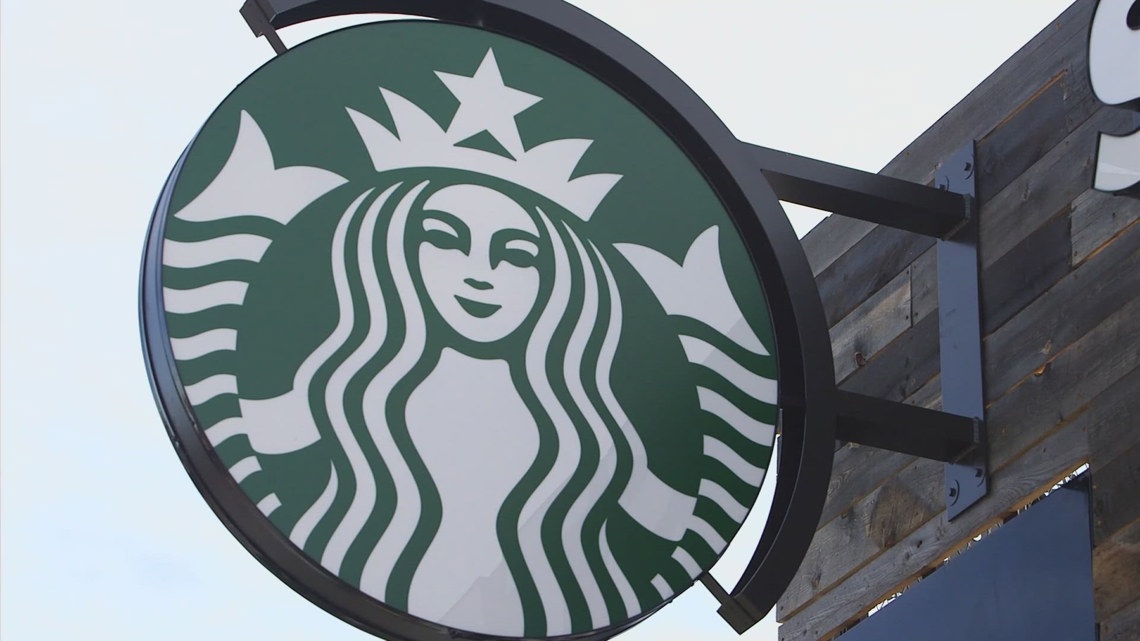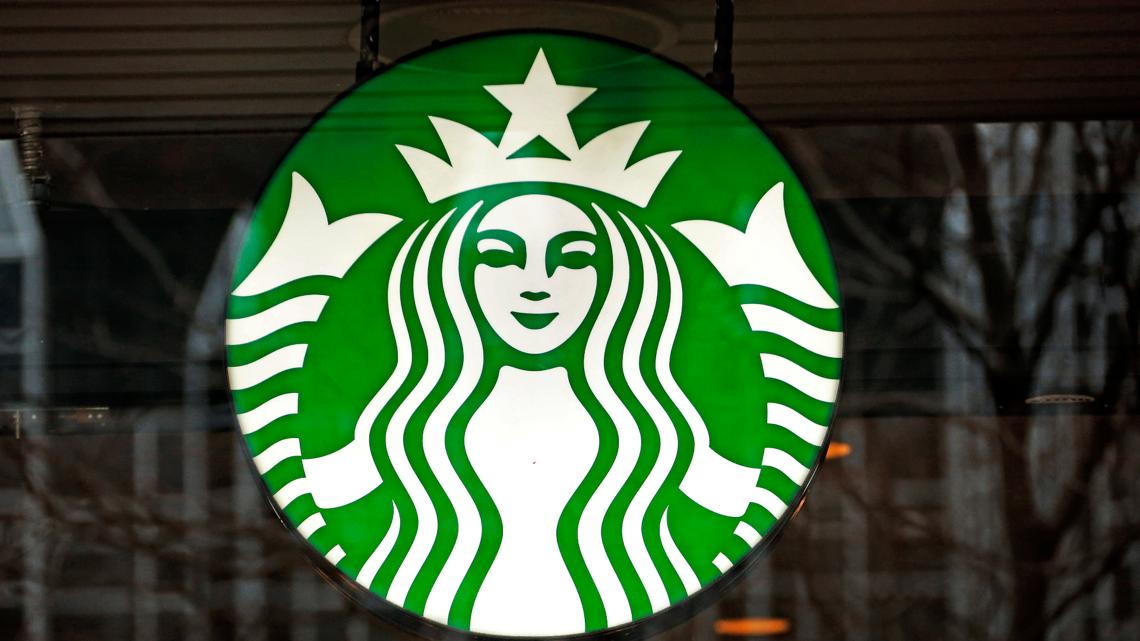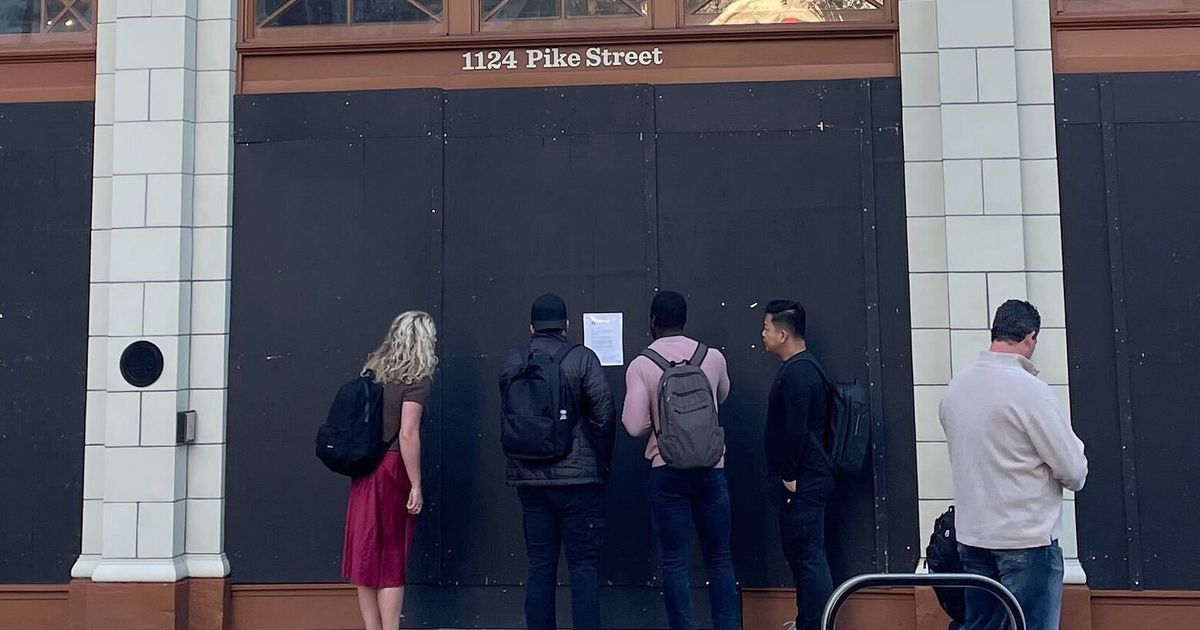Starbucks Shifts Strategy as Competition Grows

Introduction
The news of Starbucks closing hundreds of stores came as a shock to many. After years of dominating the coffee shop industry, the company is facing a new reality. The fast-paced expansion strategy that once seemed successful is now proving unsustainable.
Reasons
One of the main reasons for this change is the increasing competition in the market. With more and more coffee shops popping up, Starbucks is no longer the only option for caffeine lovers. In addition, the rise of remote work and the popularity of co-working spaces have decreased the need for traditional coffee shops.
Adapting to Change
However, Starbucks is not giving up without a fight. The company is shifting its focus from expanding to improving the quality of existing stores. This includes implementing new technologies and revamping store designs to enhance the customer experience. The company is also exploring alternative ways to reach customers, such as through delivery services and partnerships with grocery stores.
About the Organizations Mentioned
Starbucks
Starbucks Corporation, founded in 1971 by Jerry Baldwin, Gordon Bowker, and Zev Siegl, began as a small coffee bean retailer at Seattle’s Pike Place Market. Inspired by the seafaring tradition of early coffee traders and the character Starbuck from Herman Melville’s *Moby Dick*, Starbucks initially focused on selling high-quality coffee beans, teas, and spices, with Alfred Peet’s roasting techniques shaping its early approach. The company’s commitment to quality and its unique branding quickly set it apart in the American coffee scene. A pivotal moment came in 1982 when Howard Schultz joined the company. After experiencing Italy’s vibrant coffeehouse culture, Schultz envisioned transforming Starbucks into a café experience, which led to the introduction of brewed coffee and espresso drinks. In 1987, Schultz acquired Starbucks and began rapid expansion, opening stores outside Seattle and eventually across the U.S. and internationally. By 1992, Starbucks went public, fueling further growth and innovation. Starbucks is renowned for its customer-centric innovations, including the introduction of the Frappuccino, the Starbucks Rewards loyalty program, and the pioneering use of stored-value cards, which provide significant cash flow advantages. The company has also excelled in global expansion, operating over 38,000 stores in more than 80 countries, while tailoring each location to reflect local culture and tastes. Today, Starbucks is a global leader in the coffee industry, known for its commitment to sustainability, community engagement, and digital transformation. Its mobile app, advanced supply chain technology, and data-driven customer insights have positioned it at the forefront of retail innovation. Starbucks continues to shape the way people around the world experience coffee, blending tradition with technology to foster human connection in every cup.







